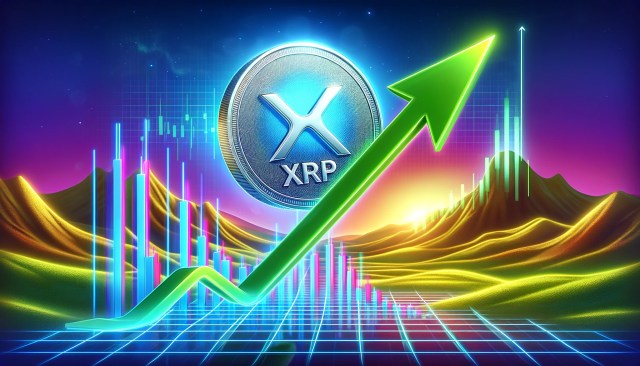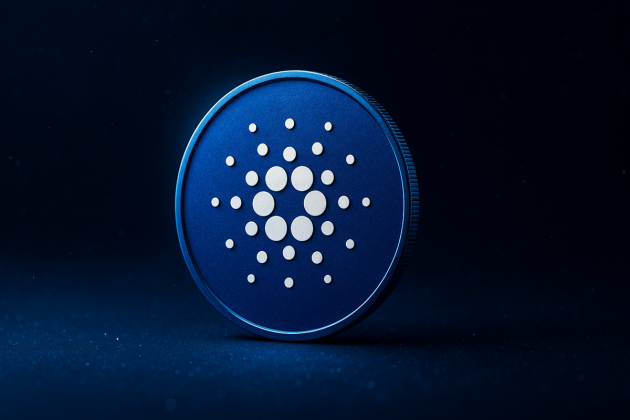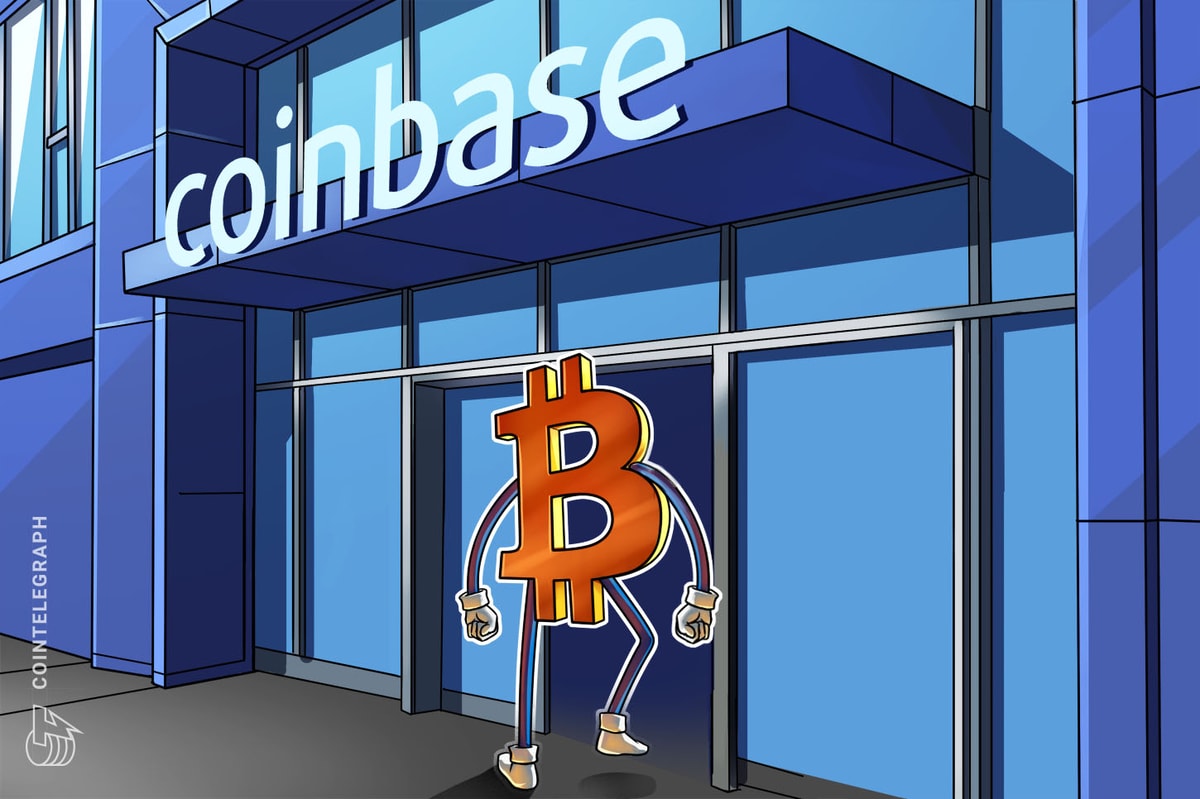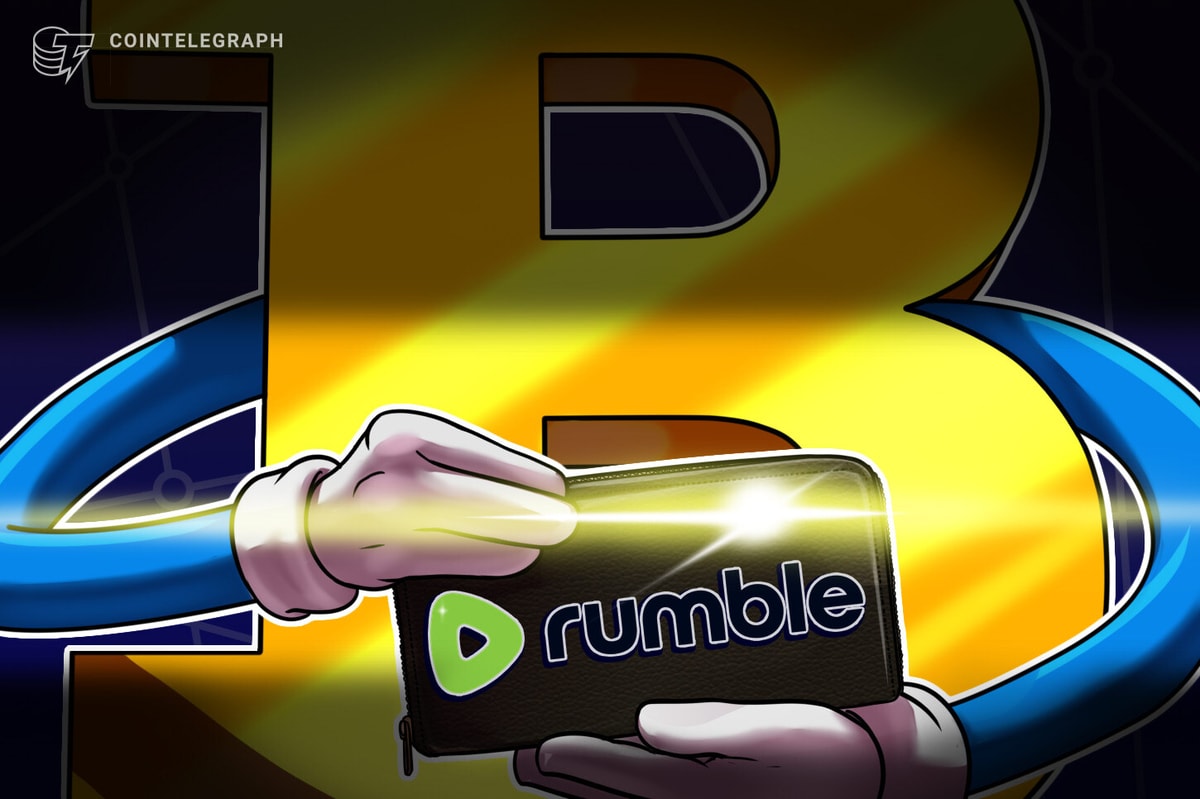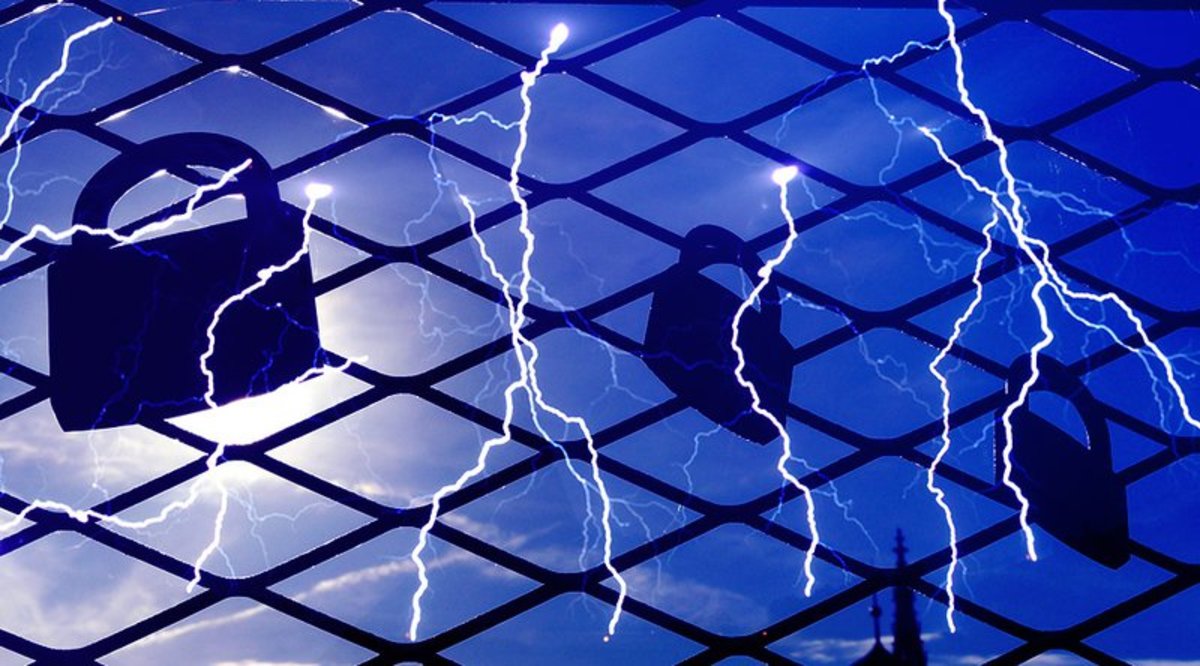
The Lightning Network is viewed by many as a serious improvement for Bitcoin in terms of scalability, but there are still plenty of critics of the system who do not believe it is destined for success. During a recent event at the Coinbase offices in San Francisco, Lightning Network co-creators Joseph Poon and Tadge Dryja answered some questions about potential weaknesses of this generalized network for payment channels.
One of the key criticisms Dryja and Poon attempted to debunk during the event was that bitcoins are essentially “tied-up” once they enter the Lightning Network. Poon was the first of the duo to respond to this potentially negative aspect of the network. He stated, “It’s not necessarily tied up in the sense that they can [still] spend it.”
Bitcoins on the Lightning Network are Useful
Dryja took Poon’s point to another level by pointing out that, in certain situations, bitcoins on the Lightning Network may actually be more useful than those on the Bitcoin blockchain. Dryja explained:
“It is tied up, as in it’s in this channel, but the thing is, having funds in channels that are on this network might be more useful than having a non-Lightning bitcoin because you can push it anywhere instantly.”
While on-chain transactions require confirmations before they’re considered secure, transactions on the Lightning Network are essentially settled instantly. According to Dryja and Poon, on-chain transactions are also expected to be much more expensive than Lightning transactions once the system goes live.
The belief that funds are tied up on the Lightning Network comes from a misunderstanding of how the system works. In the past, some have wondered whether opening a payment channel with Uber would be useful if you don’t use that particular car service often. This misses the point that the Lightning Network is a generalized platform for payment channels, which means users are able to route payments to practically anyone else on the network.
Dryja used the Uber example to make this point:
“Customer opens a channel with Coinbase and then Coinbase has a channel open with Uber, and so when they want to pay Uber, they just say, ‘Hey, Coinbase. Please forward this to Uber.’ One channel is enough to pay everyone, really.”
A user on the Lightning Network needs only to open up a channel with one other user to gain access to millions of others. However, the vision is that users will have multiple channels open by default to gain access to the entire network.
When Are Your Funds Actually Locked Up?
Although funds aren’t necessarily tied-up all the time on the Lightning Network, there are still instances where things can go wrong (though not completely wrong).
Poon explained:
“The only situation where there is this structure where it feels locked up is if your channel counterparty is not really online all that much or doesn’t want to route, which is why there is that cost if you want to be a ‘hub’ ‒ because you’re likely to get more of those types of users. It is costly to be that, and that’s why there is that disincentive to operate in that way.”
In other words, if someone who is supposed to be routing payments for you decides they don’t want to do that anymore, they can deny your ability to send transactions on the Lightning Network. This would force you to close the channel, which could lock up your funds for a period of time. As Poon mentioned, there is a disincentive to act this way because you have to make some bitcoins available on the network to be able to route payments in the first place.
How Coinbase Can Help in the Early Days
Poon also talked about how Coinbase can help with user adoption of the Lightning Network in the early days. He noted that funds on the Lightning Network can be used to make on-blockchain transactions ‒ albeit with the help of a third party.
Poon explained:
“You make the payment inside Lightning. You send it to Coinbase, and then Coinbase makes the on-chain transaction on their behalf. What happens is, at that point, the user is trusting Coinbase to some marginal level.”
Poon added that this sort of functionality would be helpful during the early days of the network when not everyone is already on board. He also stated that Coinbase would be well-suited to act as a bridge between the Lightning Network and the blockchain during this period of time. The only limitation with this setup is that doing extremely low-value “dust” transfers from the Lightning Network to the blockchain would not work.
Update: This article has been modified from its original version to clarify that the vision for the Lightning Network is to have each user open multiple channels to gain access to the entire network.
Kyle Torpey is a freelance journalist who has been following Bitcoin since 2011. His work has been featured on VICE Motherboard, Business Insider, NASDAQ, RT’s Keiser Report and many other media outlets. You can follow @kyletorpeyon Twitter.



